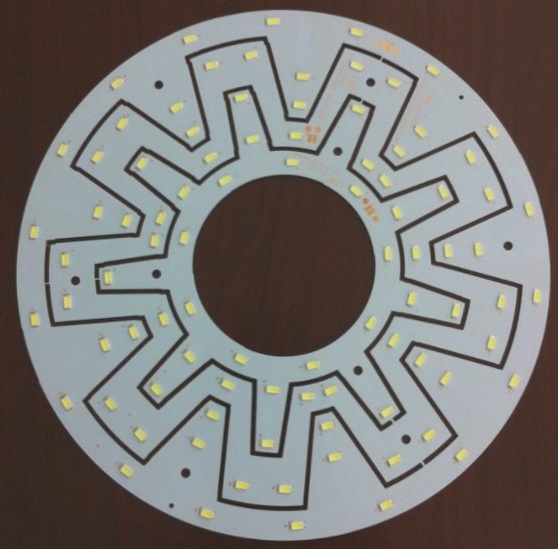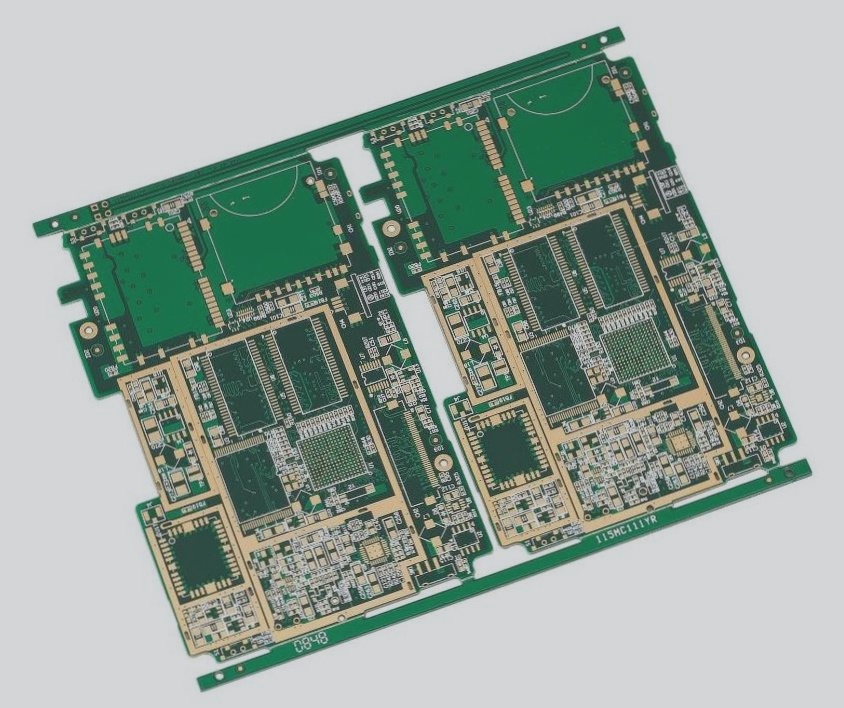Wave Soldering Process and Common Defects
- After preheating, the circuit board is soldered using either a single wave (λ wave) or a double wave (spoil wave and λ wave).
- For through-hole components, a single wave is usually sufficient.
- As the circuit board approaches the wave crest, the direction of solder flow opposes the board’s travel direction, generating eddy currents around the component pins.
- This effect acts like a scrubbing action, effectively removing all flux and oxide residues, leading to wetting when the solder joint reaches the appropriate wetting temperature.
- For hybrid technology assemblies, turbulent waves are typically employed ahead of the lambda wave.
- This wave is relatively narrow and generates high vertical pressure during disturbances, allowing solder to penetrate effectively between compact pins and surface mount component (SMD) pads.
- The lambda wave then completes the formation of the solder joint.
- Before assessing future equipment and suppliers, it is essential to clarify all technical specifications for the board to be soldered using the wave crest, as these specifications influence the required machine’s performance.
- Next, we will introduce how to identify PCB wave soldering processes and common defects.
- Wave soldering defect 1: Insufficient solder thickness.
- Why does this defect occur? It may arise from oversized metallized through-holes or overly large pads during the soldering process.
- Additionally, poor solderability of component pins, inadequate flux application, or non-compliant solder temperatures can contribute to insufficient solder filling in the relevant areas.
- Such issues can result in thinner solder defects.
- Wave soldering defect 2: Bridging defects during soldering.
- Bridging defects are among the most common issues in many soldering processes.
- What causes this defect? Typically, it may result from changes or deterioration in solder quality during the process, or from excessive impurities and poor quality in purchased flux.
- Bridging is notably the most prevalent defect, so special attention should be paid to it during soldering.
- Wave soldering defect 3: Soldering defects during the process.
- PCB cold solder joints are also a frequent issue.
- This defect often arises from poor solderability of component pins or solder ends, as well as inadequate pad solderability and ineffective flux in removing oxidation.
- Additionally, insufficient preheating prior to soldering can lead to related defects such as cold solder joints.
Learn more about PCB fabrication and wave soldering processes at Well Circuits.



